Chapter 1 - Recommendations Based on Evaluation of Ventilation Systems
Chapter 1 - Recommendations Based on Evaluation of Ventilation Systems
As will be discussed in subsequent chapters in this binder, ventilation systems depend on static pressure. To maximize energy efficiency for ventilation, the poultry house must be sufficiently ‘tight’. Figure 1.23 shows the level of house tightness measured in the broiler farms evaluated. The static pressure with one fan running was measured and ranged from 0.04 to 0.21 inches of water. Those houses with lower static pressure measurements will require fans to run longer to achieve the same level of ventilation, increasing energy costs per house.
Figure 1.23 - Average house tightness of the fourteen farms participating in the PHES evaluaitons. The values were determined with a single tunnel fan running.
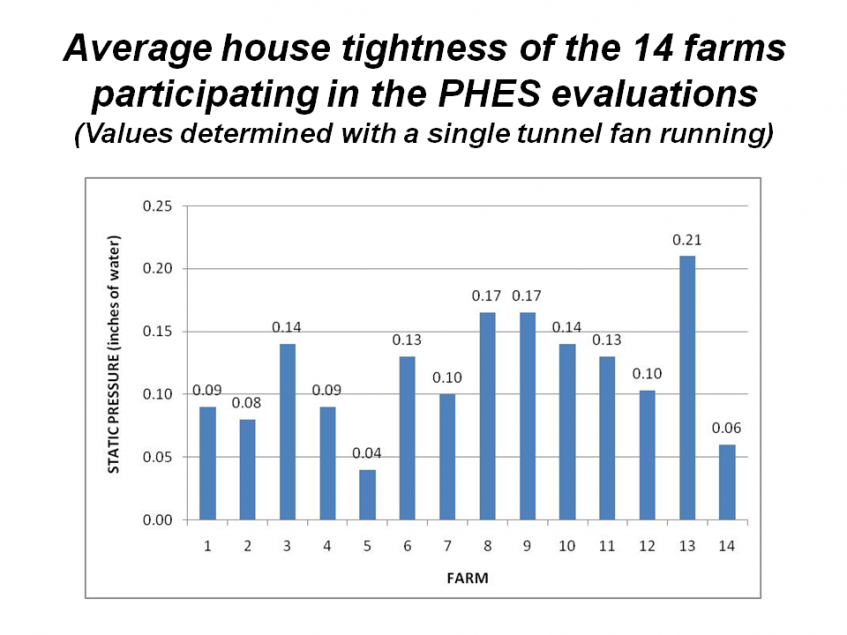
Figure 1.24 - Average air leakage at 0.1 inches of static pressure for twelve of the fourteen farms participating in the PHES evaulations
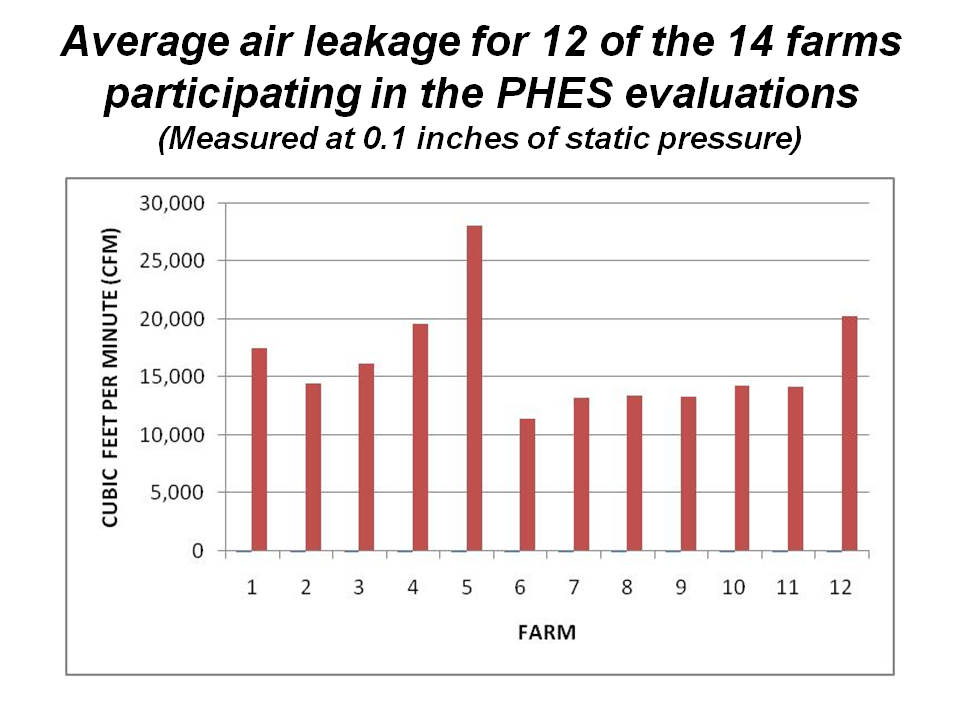
Air leakage (Figure 1.24) is another measurement of house tightness. Measurements of air leakage were completed at twelve of the fourteen broiler farms participating in the PHES evaluations and ranged from 11,469 to 28,098 CFM. Farm 6, which has the highest level of house leakage, is losing the equivalent of almost two fans through the leaks in the house.
Attic inlets
Attic inlets (see Figure 1.25) are used to recover solar heat from the attic of poultry houses. The large roof areas of dropped ceiling poultry houses make very good solar collectors, so there is a large amount of heat readily available in the attic (see the thermal image in Figure 1.26). This free solar heat can also help to lower the relative humidity in the house and reduce litter moisture. So in addition to reducing fuel costs, attic inlets also have the potential to improve in-house conditions because of the reduced litter moisture.
Figure 1.25 - Photographs of attic inlets installed in poultry houses
A. Gravity-operated, counterweighted
 '
'
B. Wench-controlled, static pressure operated
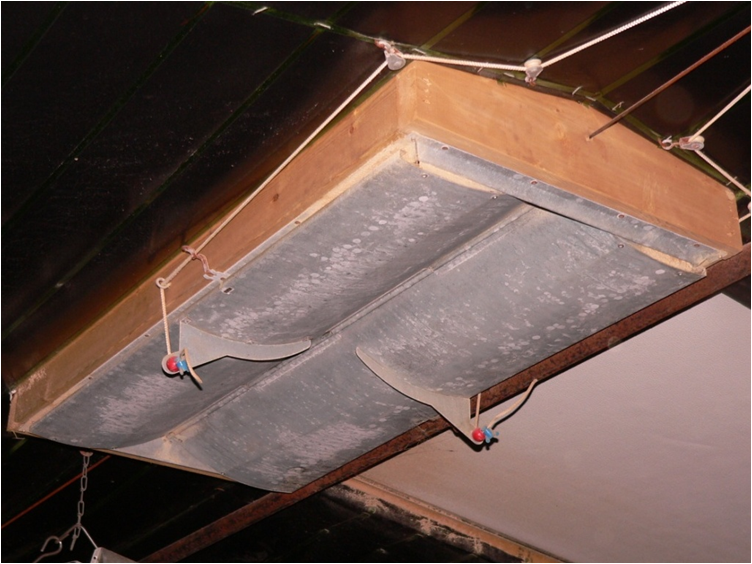
Figure 1.26 - Thermal image of an attic inlet
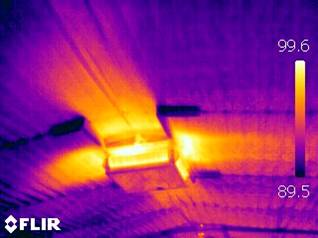
The amount of fuel that may be saved by using attic inlets is strongly dependent on the time of year and the weather conditions. Addition of attic inlets in the houses evaluated can save an average of 400 – 800 gal LP/house/yr. The payback period depends on the type of attic inlets installed. The less expensive option is the gravity inlet and has a payback period of 2 to 4 years. This type of inlet is more dependent on having a tight house in order to be functional as designed. The gravity inlet is manually operated which can be time consuming when it is necessary to close all the inlets. The controlled inlets are more expensive but house tightness is not as critical for proper functioning. There may be more energy savings than with the gravity inlets, but because of the higher cost of installation, the payback period is increased to 5 to 10 years.
The number of attic inlets needed in a given poultry house is determined by the maximum CFM that will be utilized in minimum ventilation when the whole house is filled. This is typically about 2 CFM per square foot of house. Inlets currently on the market are generally rated at 2000, 2500 or 3000 CFM.
Mixing/circulation fans
One option available to producers with leaky houses is the installation of mixing or circulating fans (see Figure 1.27). To avoid hot spots, it is important that hot air be mixed with room air. Mixing in most poultry facilities is accomplished by appropriate placement of fresh air inlets. If inlet air mixing is not adequate, stratification occurs, with warmest, air near the ceiling rather than at broiler level. Mixing fans can be hung from the ceiling to blow air in a racetrack pattern around the house in a horizontal direction or slightly canted upward toward the ceiling. Installing mixing fans can save 100 gal LP/house/yr, with a payback period of 2-4 years.
Figure 1.27 - Mixing fans
A. Circulating fan
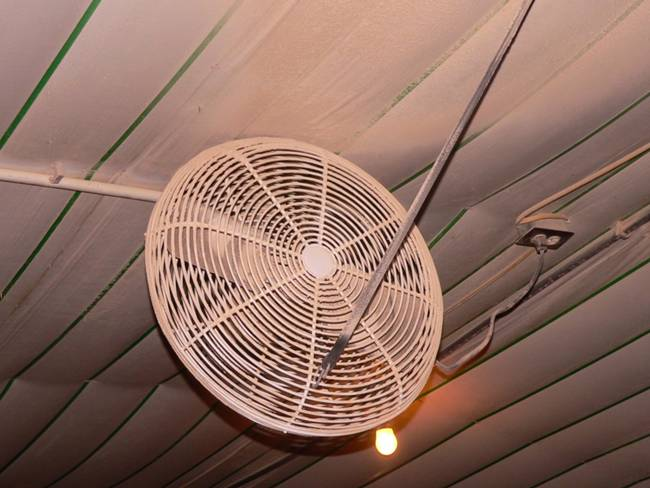
B. Ceiling fan

